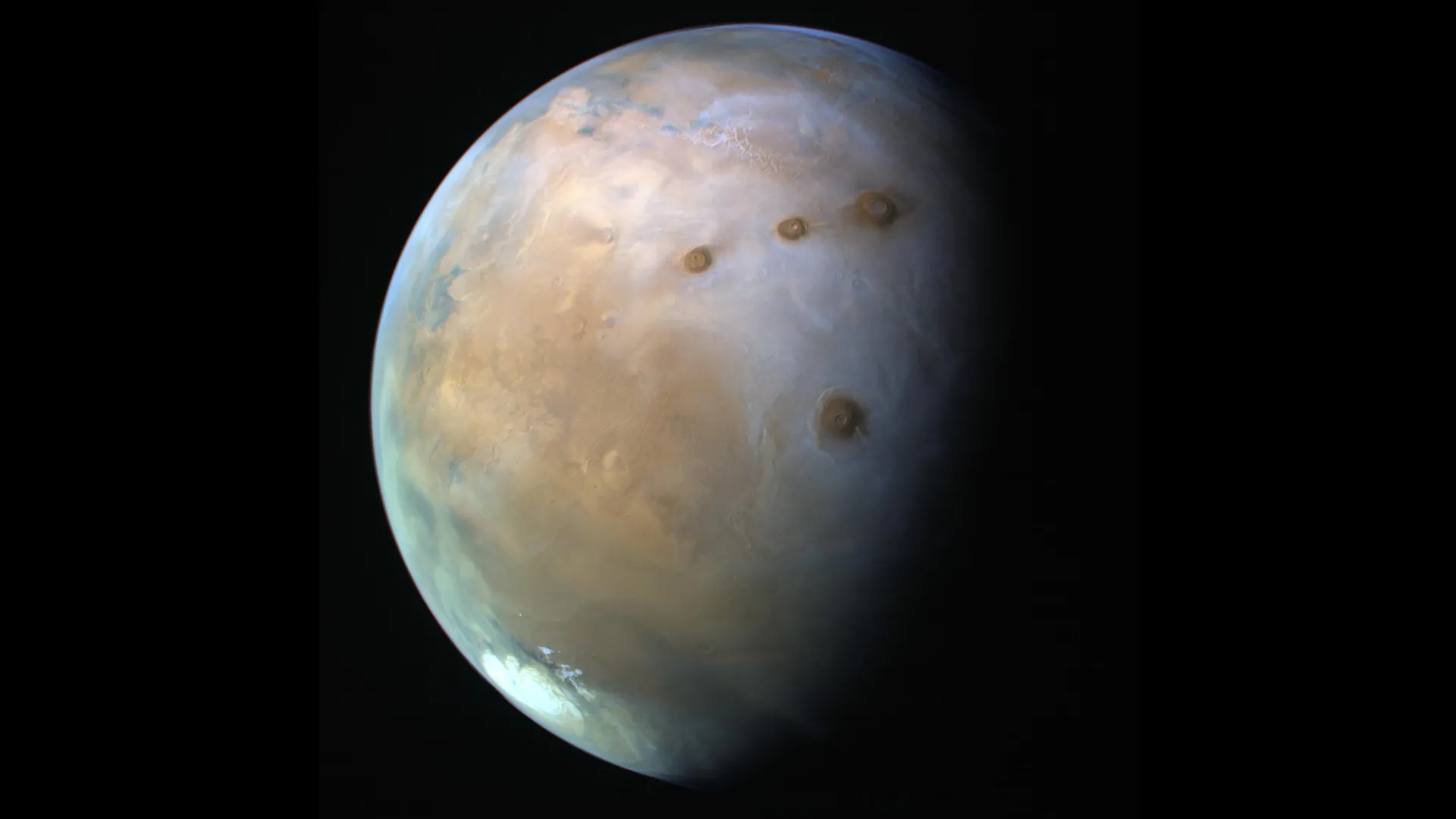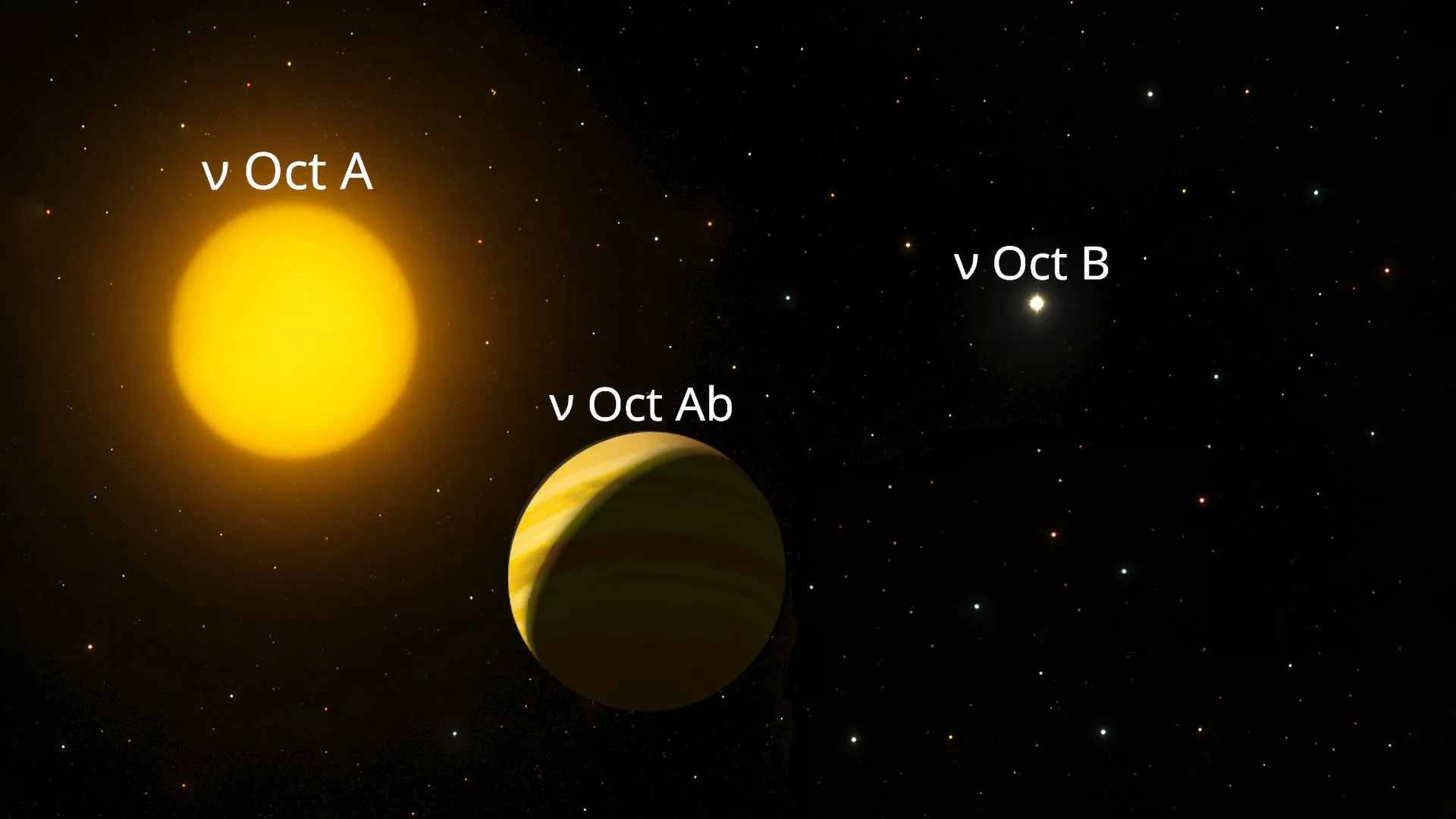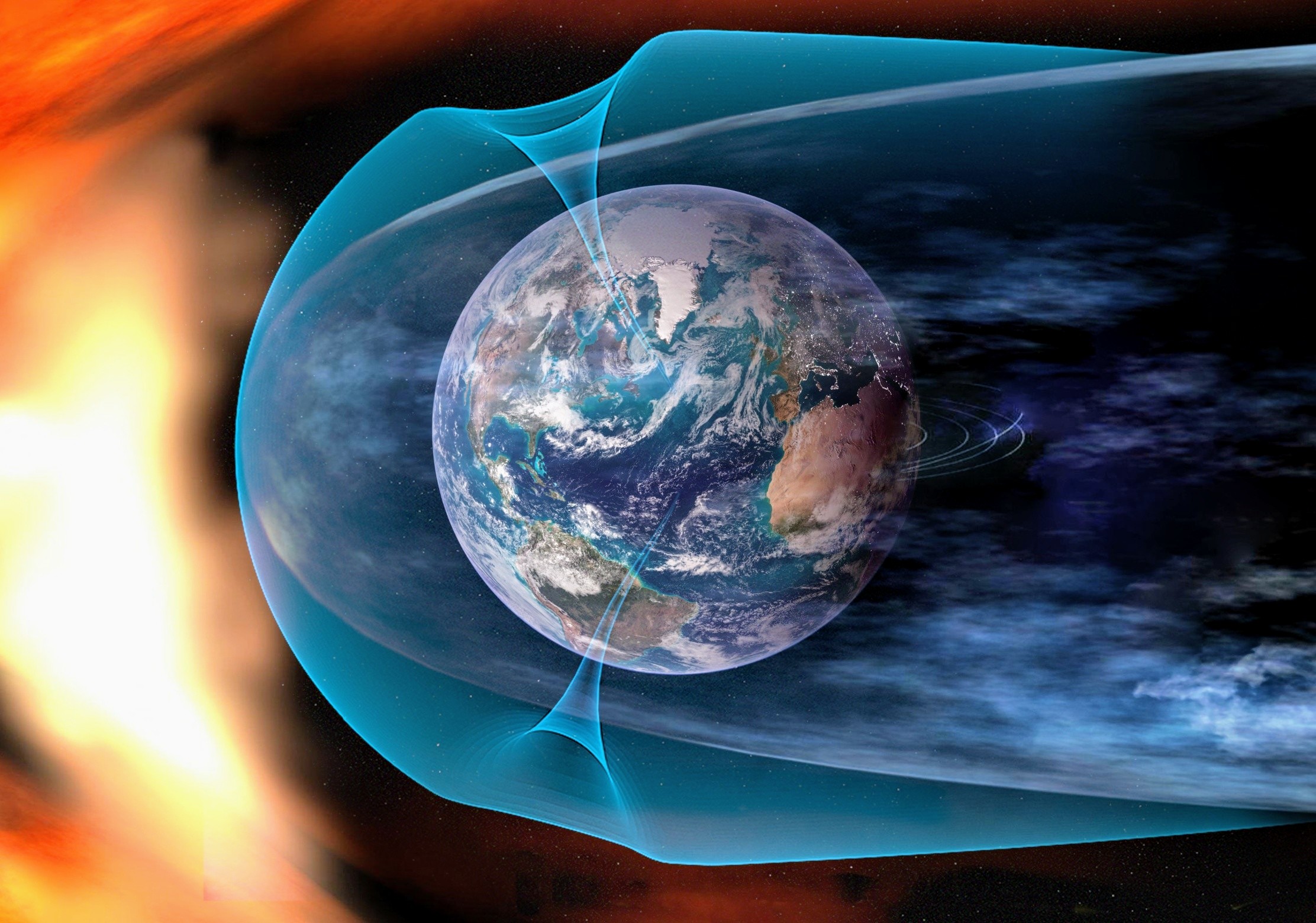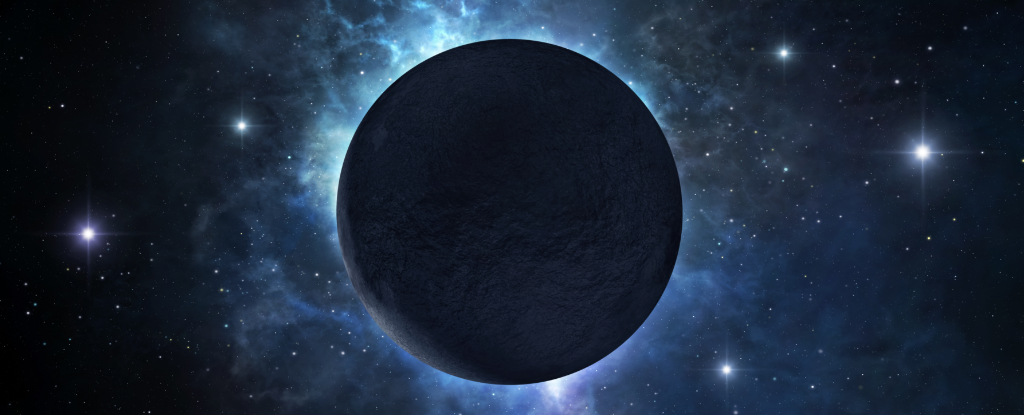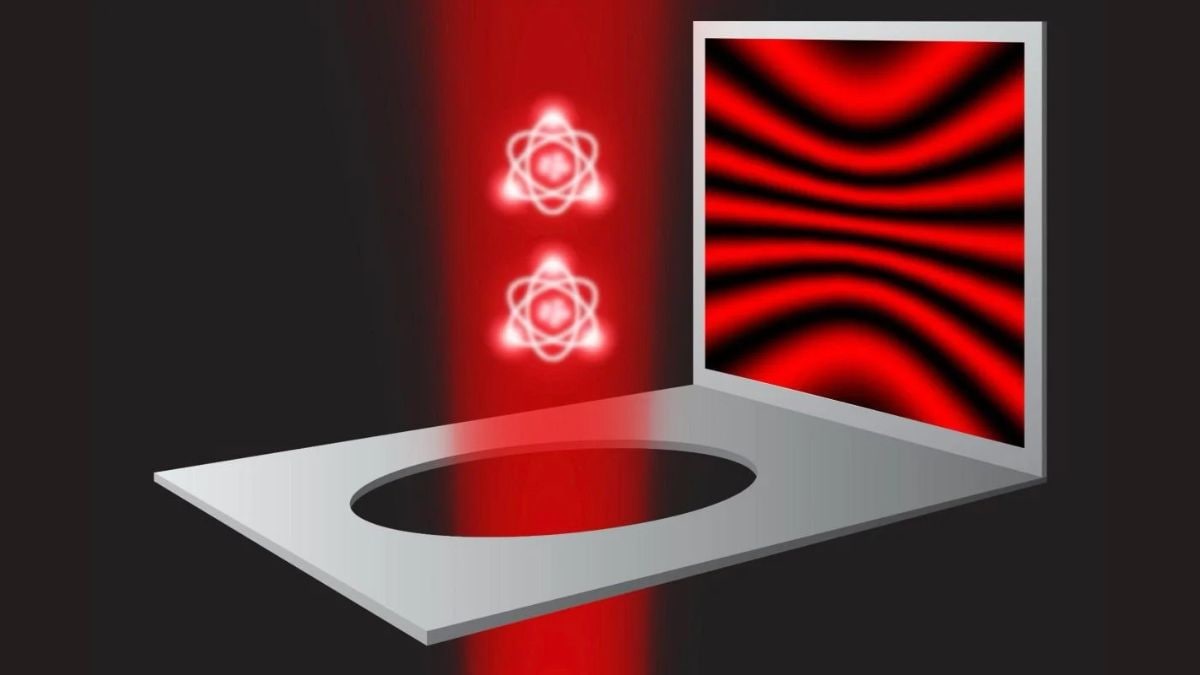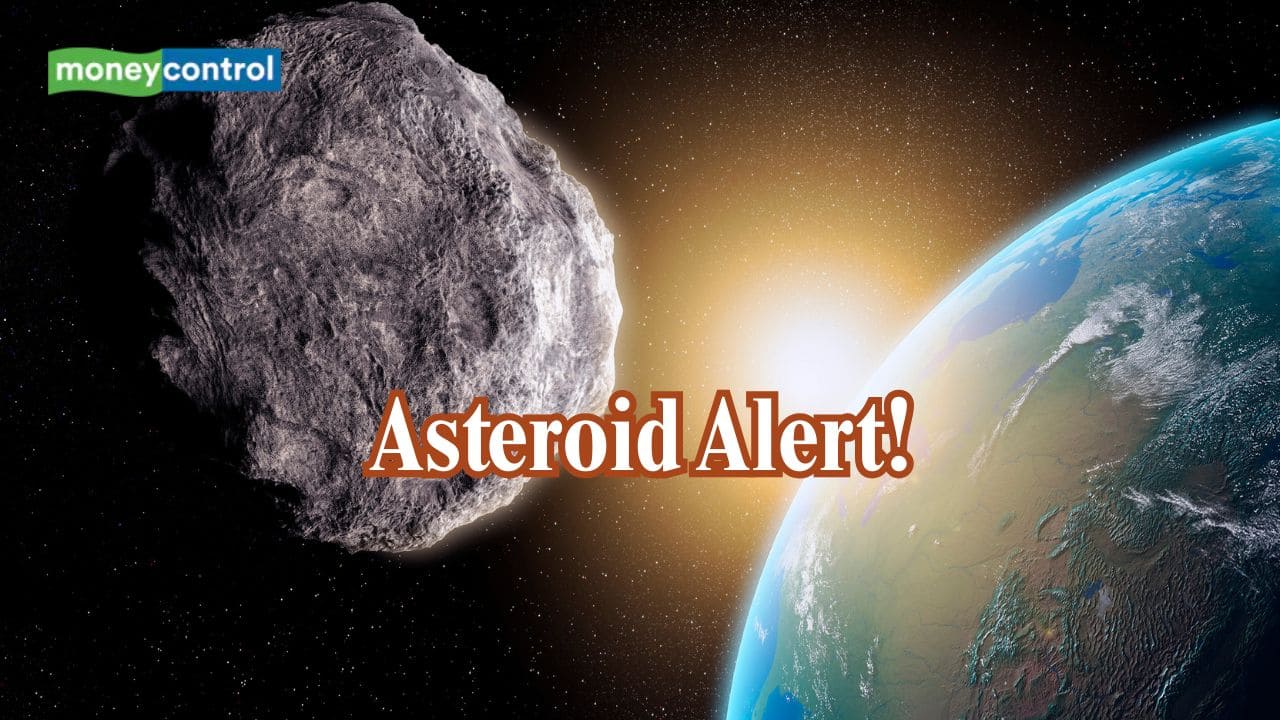What Just Lit Up Thailand's Night Sky? You Won't Believe What They Saw!

Imagine a night sky illuminated by a mesmerizing green fireball, streaking across the heavens and leaving those below in awe. That's exactly what happened in Thailand on the early hours of August 4th, when a stunning celestial event startled residents across multiple provinces.
The Thai Astronomical Society quickly identified this dazzling display as an exceptionally large meteoroid, also known as a fireball. But what’s even more fascinating is that the vibrant green color might hint at the presence of nickel within the meteoroid. Yes, you read that right—nickel! Who knew our atmosphere could be so colorful?
This celestial performance was not just a visual treat—it was also accompanied by a loud explosion that echoed through the night, captivating onlookers who couldn’t believe their eyes. The event wasn't merely a random occurrence; it was a fireball meteoroid, a phenomenon that happens when celestial bodies enter Earth's atmosphere at staggering speeds.
Generally, meteors get their moment in the spotlight when small space objects collide with atmospheric friction at altitudes of 80 to 120 kilometers. As these celestial travelers burn up, they create a luminous trail that can light up the sky, with brightness directly proportional to their size. For this particular fireball, videos and photos shared on social media showcased its remarkable brightness, likening it to the radiance of Venus. That’s how you know it’s a serious fireball!
The striking green hue of this meteoroid is significant, as it suggests something intriguing about its metallic composition—specifically, that it contains nickel. The vibrant colors that we see in meteors are a product of various factors, including the meteor's chemical makeup and the reaction of surrounding air molecules.
As these celestial objects barrel through our atmosphere, they experience high-speed travel that generates enormous friction and heat. This intense reaction causes their atoms to glow, presenting the spectacular light show that captures our imagination. While countless small meteors enter the Earth's atmosphere every day, the vivid size and color of this particular fireball make it a standout event.
It’s estimated that around 44 to 48.5 tonnes of meteoritic material fall to Earth daily, yet most of it lands in uninhabited regions, making actual meteorite discoveries quite rare. The Thai Astronomical Society emphasizes that such meteor phenomena are normal and can be explained through established scientific principles. So while this event may be extraordinary, it’s also a reminder of the natural wonders that our universe holds.













